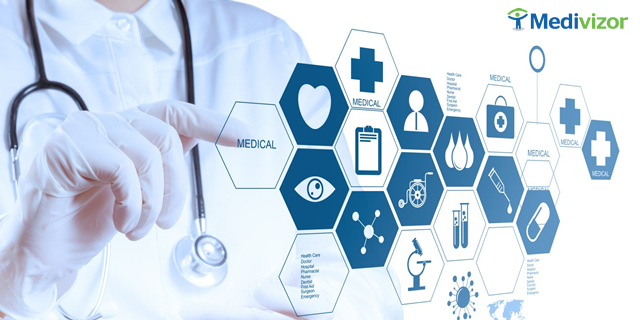In a nutshell
This study compared the effectiveness of a nasal glucagon treatment to the standard injectable form. The study concluded that nasal glucagon was effective in the treatment of hypoglycemia in adults with type 1 diabetes.
Some background
The current treatment for severe hypoglycemia (dangerously low blood sugar levels) is an injection of glucagon. Glucagon is a hormone that causes blood sugar levels to rise. It has the opposite effect of insulin. If a person with type 1 diabetes experiences very severe hypoglycemia then they could lose consciousness. In this case a bystander must administer treatment. Current commercially available treatments are available only as a powder that must be mixed in a liquid immediately before injection. Thus, glucagon may be mixed and administered incorrectly. Because of this, better delivery systems for glucagon are required.
Methods & findings
The current study investigated the effectiveness of a nasal (inhaled) glucagon treatment. 75 adults with type 1 diabetes were included in the investigation. Hypoglycemia was induced in a controlled manner using injections of insulin. Patients received the nasal glucagon treatment on one visit and the standard injectable form on another visit. Blood sugar levels were monitored throughout and then the results were compared.
The nasal treatment was successful at raising blood sugar to the correct level in 98.7% of cases. The injectable treatment achieved the correct level in 100% of cases. The average time until the correct blood sugar level was reached was 16 minutes for the nasal treatment and 13 minutes for the injectable treatment.
Head or facial discomfort occurred in 25% of nasal glucagon cases and in 9% of those treated with injectable glucagon. Nausea was experienced in 35% of the nasal treatments and 38% of the injectable treatments.
The bottom line
The current study concluded that nasal glucagon was effective in the treatment of hypoglycemia in adults with type 1 diabetes.
The fine print
These results are not necessarily applicable to the real-world management of an emergency hypoglycemic event. In a real-life situation it is more likely that an untrained person would be required to give the treatment. Trained professionals administered the treatments throughout this study.
Published By :
Diabetes Care
Date :
Dec 17, 2015








